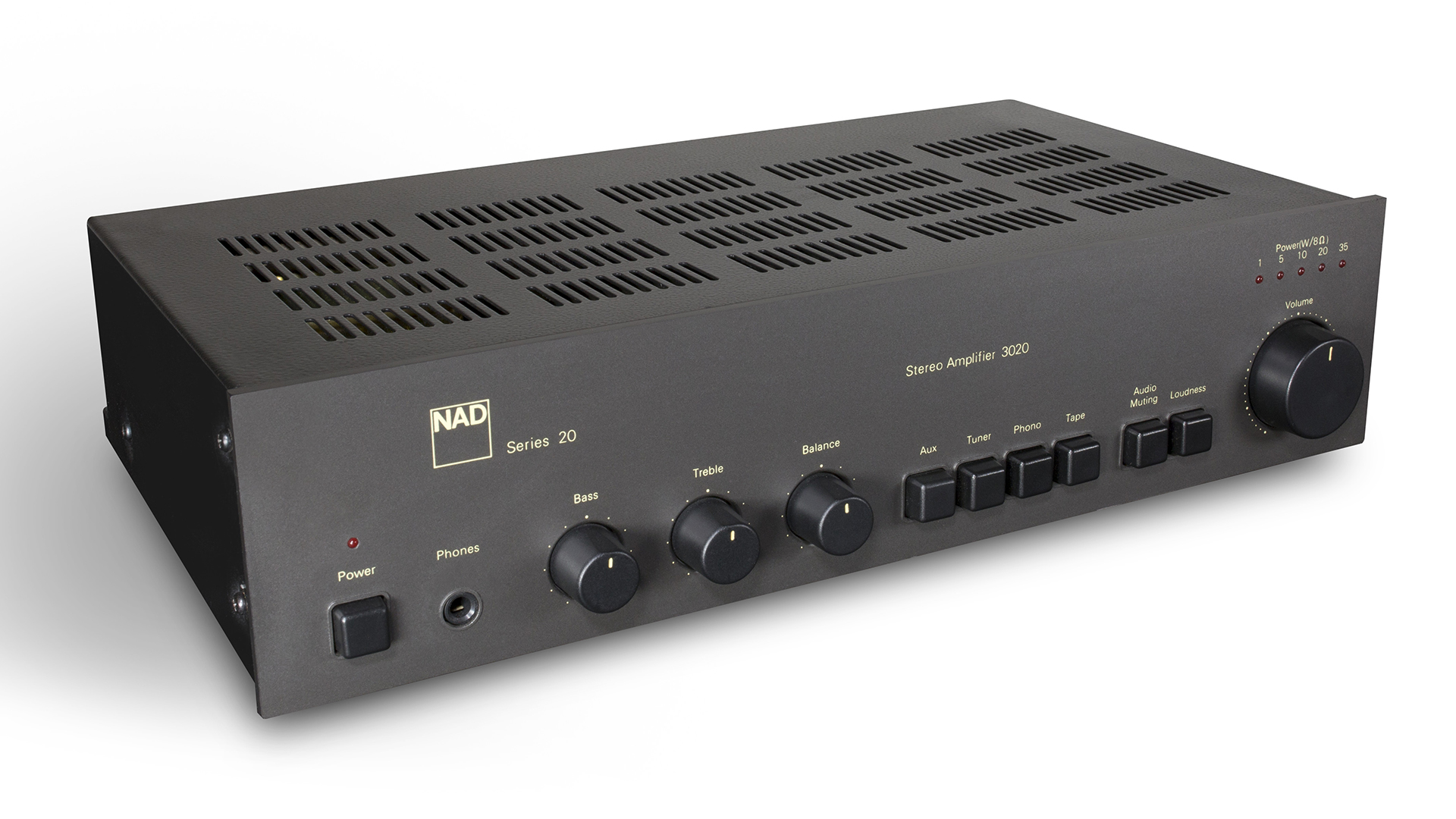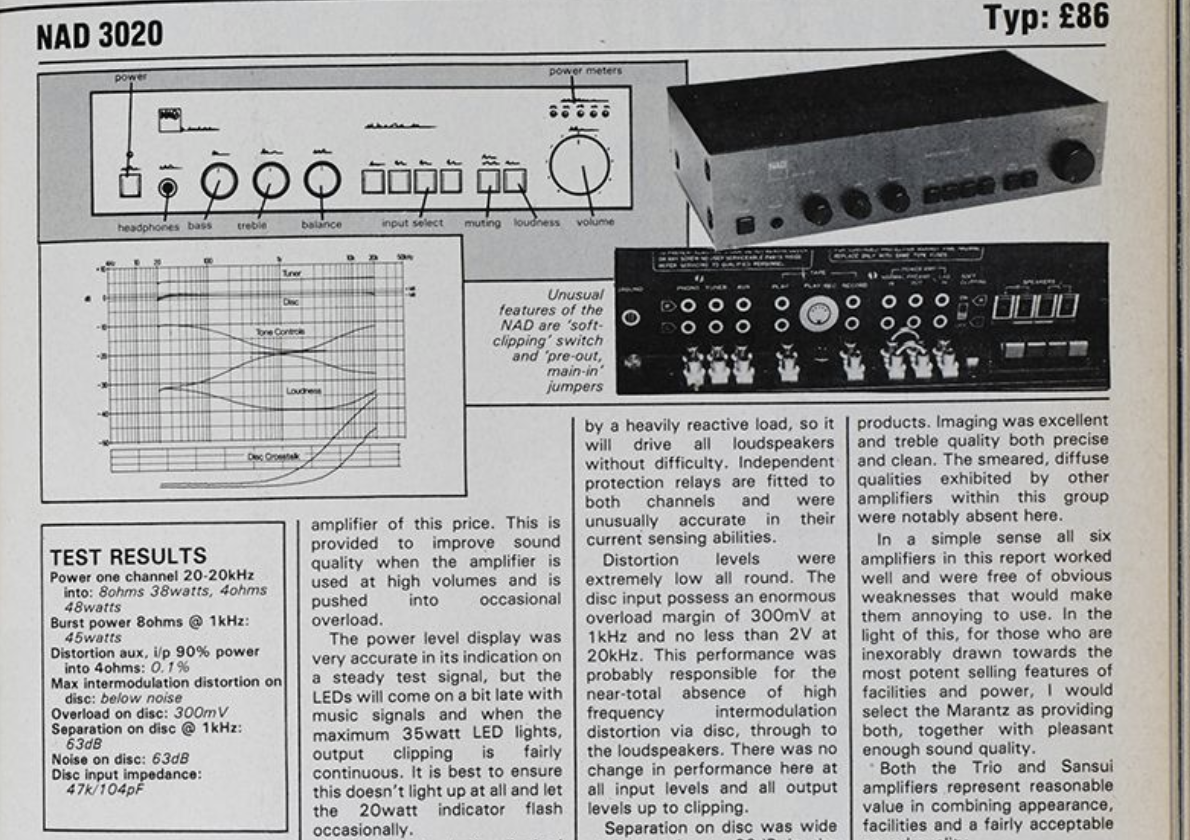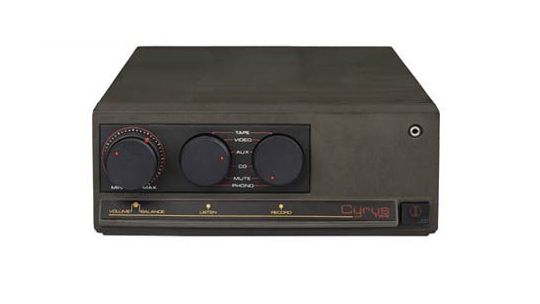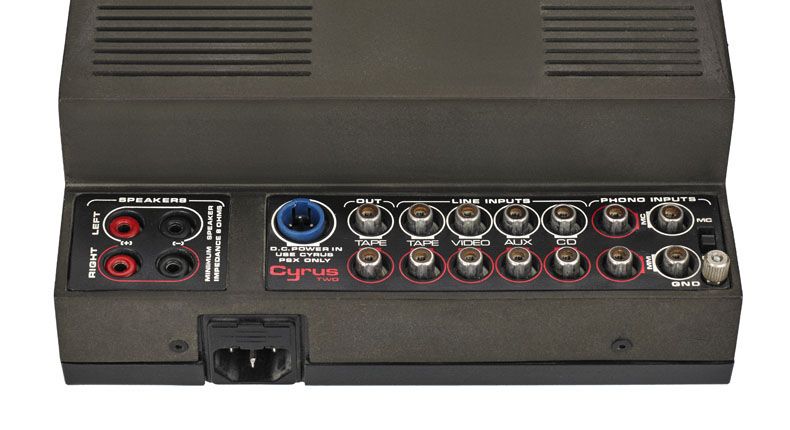Sustainable, affordable and easy – why aren’t more people doing this simple upgrade to save old hi-fi products?
Older hi-fi products can still sound amazing and this simple upgrade adds all the modern smarts they need

After just shy of two decades working as a professional shiny things chaser, I have come to terms with the fact that I am the tech support for most of my immediate friends and family.
Whether it’s which new TV to get, why they shouldn’t put their new speakers flush to the wall or the ongoing argument I have with my neighbour about floorstanders vs standmounts, I get asked many questions on a regular basis.
But most recently, either thanks to my age, or the fact many of my friends and relatives have decided 2025 is the year to spring clean their homes, one in particular has been playing on repeat: “What should I do with all this old hi-fi?”
And it is a fair question, especially if you’re inheriting a load of hardware from an old-school hi-fi fanatic, as is the case with one of my old university mates. As we know, and frequent "Reader Rescue" efforts have highlighted, hi-fi is often a hobby that appeals to collectors.
Just the other day our freelance sub editor, Andrew Puddifoot, was quizzing our technical editor, Ketan Bharadia and I about what to do with some old Tannoy speakers he’d found helping clear a friend’s house.
Generally, my first bit of advice is, “don’t throw it away".
Why? There are three reasons. First, because you may have stumbled on audio gold.
The latest hi-fi, home cinema and tech news, reviews, buying advice and deals, direct to your inbox.
At What Hi-Fi? we keep a lot of equipment around to help us properly review products – we always test comparatively, to make sure we can hear products side-by-side rather than relying on memory.
This means we have a lot of products passing through our listening rooms at any given time.
For especially interesting older products we even have a special That Was Then series where Ketan discusses their legacy and even runs them head-to-head with modern rivals.
And thanks to that, we know, while hi-fi is getting better, there are a wealth of old amps and speakers that still sound great, even by today’s standards.
Recent examples covered in our column include the first NAD 3020 and original Cyrus 2, which despite not having all the modern streaming smarts and coming with certain compromises, still deliver where it matters most: audio quality.




Yes, the NAD 3020 isn’t the final word for clarity, dynamic expression and rhythmic precision. But, Ketan still liked it enough to report: “It remains a hugely entertaining proposition with a smooth, big-boned presentation that grips the listener from the first note of a song to the last.”
In the same vein, the Cyrus 2 couldn’t match the firm’s current Cyrus One for sheer muscle and low end heft, but it proved superior when it came to responsiveness and general transparency.
So, just because it’s old doesn’t mean it’s bad. In fact, the only features you 100 per cent won't find on older amps are streaming smarts. There's an obvious reason for that. Wi-fi and Bluetooth, let alone Spotify, Apple Music, Qobuz, Tidal Connect and the ilk, simply didn't exist when these classic products were made.
Still, even knowing that, when most of us use streaming as our primary way to access music, their absence is an undeniable pain.
But, that brings me on nicely to my second point – remember, it’s easy to add modern streaming smarts to amps in particular.
I said as much when I first listened to Cambridge Audio's MXN10 streamer – a tiny unit that went on to take the top spot in our best music streamer guide.
Featuring a compact design and the ability to add hi-res streaming capabilities to most amps, the Cambridge Audio MX10N is a quick, easy and eco-friendly way to give old amps a new lease of life.
And there are now plenty of options, from affordable units like the £220 WiiM Pro Plus up to premium packages, such as the £2500 Audiolab 9000N.
Trust me, whether you’re on a budget or lucky enough to be able to afford high-end hi-fi there’s a price appropriate five-star streamer available that we’ve tested and recommend. So, there's no reason to not at least consider upgrading that old amp before going full on scorched Earth and starting all over again. Which is why my top tip is always, have you thought about adding a streamer?
Speaking of scorched Earth, that brings me to my third and in some ways most important piece of advice for anyone who comes across some dusty old hi-fi gear – think of the environment.
E-waste is a serious problem right now. The latest numbers, which are referenced in the UK government’s official waste estimates for 2025, show that we generated 128,000 metric tons of e-waste in Q3 2024.
To make matters worse the same UK government stats report we only have a 44.6 per cent household recycling rate right now.
Go bigger and look at the latest stats from eco consultancy DTP Group and you'll see scary forecasts estimating that global e-waste levels will reach 82 million tons by 2030. Take that number in for a second...
The last thing we should be doing is adding to that pile with old consumer technology devices, particularly with hi-fi products that can perform well for decades.
So if you ever find or inherit some old hi-fi, I’d urge you to consider reviving, upgrading and hopefully enjoying it, before sending it to the big audio farm in the sky.
Not only will you potentially find a hidden gem, you’ll also be actively helping reduce the amount of waste we as enthusiasts, and a wider industry, generate.
MORE:
These are the best stereo amplifiers we’ve reviewed
We rate the best speakers
Our pick of the best hi-fi systems
Curious to learn more about hi-fi and sustainability? Check out our full Sustainability Week 2025 coverage

Alastair is What Hi-Fi?’s editor in chief. He has well over a decade’s experience as a journalist working in both B2C and B2B press. During this time he’s covered everything from the launch of the first Amazon Echo to government cyber security policy. Prior to joining What Hi-Fi? he served as Trusted Reviews’ editor-in-chief. Outside of tech, he has a Masters from King’s College London in Ethics and the Philosophy of Religion, is an enthusiastic, but untalented, guitar player and runs a webcomic in his spare time.
You must confirm your public display name before commenting
Please logout and then login again, you will then be prompted to enter your display name.
